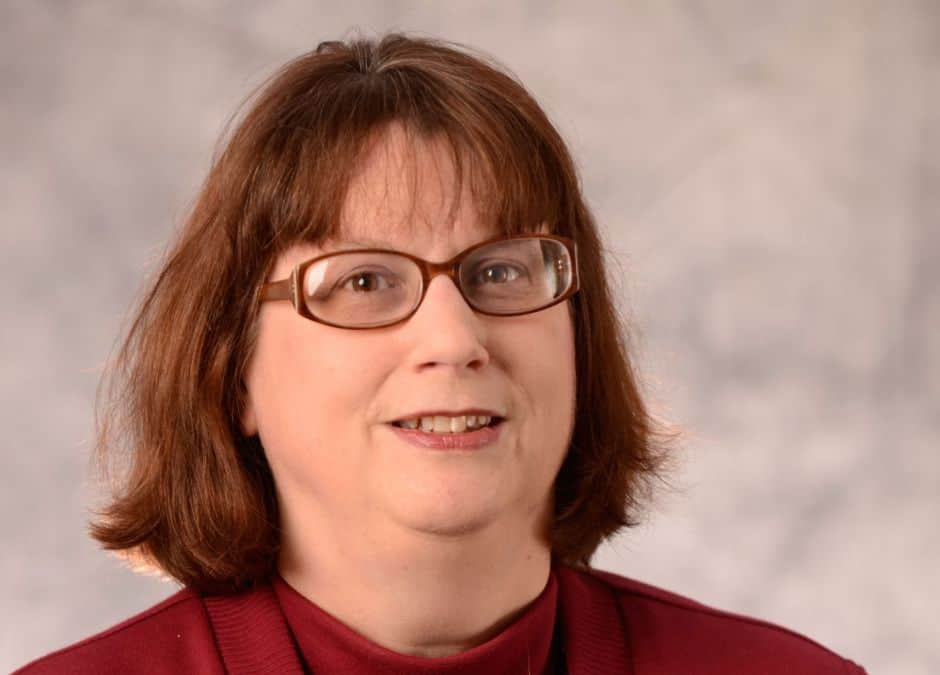Introduction
Big banks’ control over the secretive, trillion-dollar world of derivatives trading is spotlighted in a New York Times story about the monthly meetings ICE Trust holds with nine bankers. The so-called “derivatives dealers club” collects lucrative profits from trading the sophisticated instruments, and is unwilling to allow too many new players that could dilute their control and pricing, according to critics.
The story didn’t mention that Friday is the deadline for public comments to the Commodity Futures Trading Commission on ICE Trust’s application to become a “derivatives clearing organization” created by the Dodd-Frank reform law for clearing derivatives linked to indexes and to credit default swaps. The application includes a list of ICE Trust board members — but it is a confidential document that released to the public.
In its application, ICE Trust said participants will be required to maintain at least $1 billion to $5 billion in adjusted net capital, depending on their business. ICE Trust was set up in late 2008 as a clearinghouse for derivatives amid the market meltdown, and it is regulated by the Fed and New York state banking regulators.
As Financial Reform Watch has previously noted, ICE Trust stands to be a prime beneficiary of new regulations because of its expertise with credit default swap contracts, which came about through its acquisition of The Clearing Corp. from big banks which kept a stake in the new ICE Trust entity.
The CFTC and the Securities and Exchange Commission are working together to prepare dozens of regulations and principles to police the derivatives market and bring greater transparency to it. ICE executives, including chief executive Jeffrey Sprecher, met a half-dozen times last month with CFTC officials to discuss the coming regulations. Although derivatives may sound obscure to many consumers, they have become widely used by airline companies, food manufacturers, pension funds, and other industries to hedge investments in physical commodities and interest rates.
Bank of America CEO says he has best job in world
A robo-signing controversy, ever-growing foreclosures, and new financial reform regulations aren’t daunting to Bank of America chief executive Brian Moynihan. “There’s not a better job in the world,” Moynihan said in an interview with the New York Times one year after taking the top job at the biggest U.S. bank.
The numbers tell how challenging Moynihan’s job is: BoA shares have slumped 18 percent since he took over; more than 1.3 million bank customers are behind on their mortgage payments; and BoA will soon dedicate 30,000 employees to working just on mortgage defaults – many inherited with the acquisition of Countrywide.
Critics of Moynihan complain that he needs to raise his profile to build more confidence in the bank and steal some of the limelight from Jamie Dimon, the chief executive of rival JPMorgan Chase. “Jamie is visible, he’s a brand, and he gets much more of the benefit of the doubt than Brian,” Christopher Whalen, managing director of Institutional Risk Analytics, told the Times. “Brian still has to prove that he can ride the tiger at Bank of America.”
In 2010, BoA spent $2.8 million on lobbying in Washington, an amount that doesn’t include contributions to industry lobby groups such as the American Bankers Association or the Financial Services Roundtable. BoA’s lobbying expenditures peaked in 2008 at $4.9 million, according to OpenSecrets.org.
Read more in Inequality, Opportunity and Poverty
Inequality, Opportunity and Poverty
The investment industry threatens state retirement plans to help workers save
States wrestle with impending retirement crisis as pensions disappear
Inequality, Opportunity and Poverty
As IRS crusades against Americans hiding money offshore, Latin American tax cheats flock to U.S. banks
IRS event today on plan to force banks to report foreign nationals’ accounts

Join the conversation
Show Comments